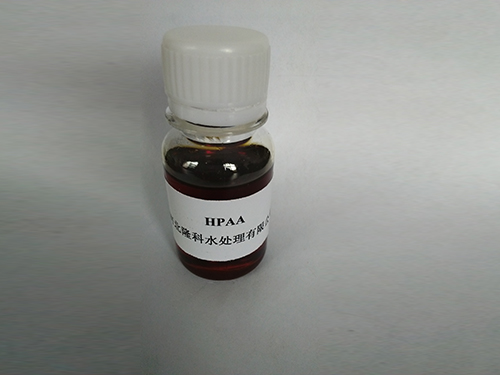Synthesis and Applications of Ethylenediaminetetra(methylene phosphonic acid) in Water Treatment
Ethylenediaminetetra(methylenephosphonic Acid) A Versatile Chemical Compound
Ethylenediaminetetra(methylenephosphonic acid), commonly referred to as EDTMPA, is a phosphonic acid derivative that has gained significant attention in various fields due to its unique chemical properties and potential applications. Its molecular structure, which includes ethylenediamine and methylenephosphonic acid groups, endows it with excellent chelating abilities and high stability in aqueous solutions. This article explores the various aspects of EDTMPA, including its synthesis, properties, and applications.
Synthesis and Chemical Properties
EDTMPA can be synthesized through a multi-step chemical process involving the reaction of ethylenediamine with phosphonous acid. The resulting compound features four methylenephosphonic acid groups attached to a central ethylenediamine backbone. This configuration allows EDTMPA to effectively chelate metal ions, forming stable complexes. The presence of multiple phosphonic acid groups enhances its ability to bind to metals such as calcium, magnesium, and iron, making it a potent agent in various industrial and environmental applications.
One of the striking features of EDTMPA is its high solubility in water, which is essential for its application in aqueous environments. Furthermore, it exhibits strong acidic properties, with a pKa value that facilitates its use in a wide range of pH conditions. The stability of the EDTMPA-metal complexes under varying temperatures and pressures adds to its versatility.
Applications in Various Industries
ethylenediaminetetra methylenephosphonic acid

EDTMPA finds extensive use in multiple industries due to its chelating properties. In the field of water treatment, it serves as a scale inhibitor, preventing the precipitation of calcium carbonate and other scales in cooling towers and boiler systems. By maintaining the solubility of metal ions in water, EDTMPA enhances the efficiency and longevity of water systems, reducing maintenance costs and downtimes associated with scale buildup.
In agriculture, EDTMPA is utilized as a chelating agent for micronutrients, improving the bioavailability of essential metals like iron and zinc in fertilizers. This application is particularly valuable in soils with high pH levels, where these nutrients are often rendered insoluble and inaccessible to plants. The use of EDTMPA in fertilizers promotes healthier plant growth and increased agricultural yields.
Additionally, EDTMPA has applications in the pharmaceutical and cosmetic industries, where it acts as a stabilizer for formulations. Its ability to bind metal ions can prevent oxidative degradation, thus extending the shelf life of products. The compound’s bioactivity is being investigated for potential therapeutic applications, particularly in treating metal ion-related conditions within the human body.
Conclusion
Ethylenediaminetetra(methylenephosphonic acid) is a remarkable compound with a wide range of applications across different sectors. Its high stability, solubility, and effective chelation abilities make it an indispensable agent in water treatment, agriculture, and beyond. As further research unfolds, the potential of EDTMPA may extend into new realms, paving the way for innovative solutions to complex industrial and environmental challenges. Its versatility exemplifies the importance of phosphonic acid derivatives in modern science and industry, highlighting their role in enhancing efficiency and sustainability.
-
Dodecyldimethylbenzylammonium Chloride: High-Purity DisinfectantNewsAug.30,2025
-
2-Phosphonobutane-1,2,4-Tricarboxylic Acid: Scale & CorrosionNewsAug.29,2025
-
Premium Isothiazolinones | Broad-Spectrum Biocidal SolutionsNewsAug.28,2025
-
LK-319 Special Scale And Corrosion Inhibitor For Steel Plants: Advanced Solutions for Industrial Water SystemsNewsAug.22,2025
-
Flocculant Water Treatment: Essential Chemical Solutions for Purification ProcessesNewsAug.22,2025
-
Isothiazolinones: Versatile Microbial Control Agents for Industrial and Consumer ApplicationsNewsAug.22,2025





